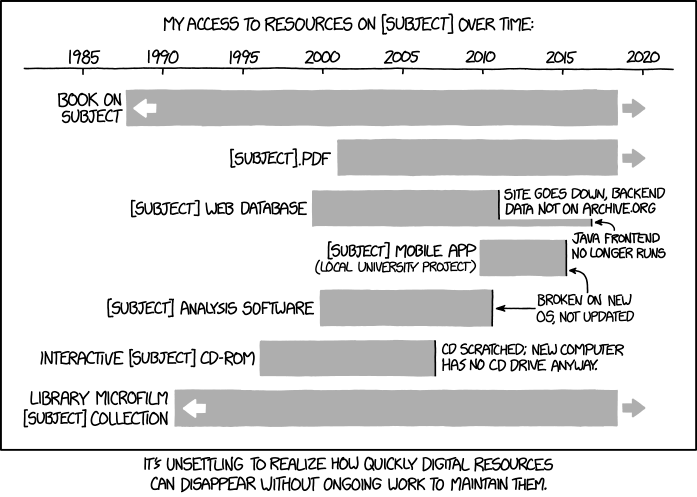There is a groundswell of opinion, which I share, in favor of a "decentralized Web" that has continued after last year's "
Decentralized Web Summit". A wealth of different technologies for implementing a decentralized Web are competing for attention. But the basic protocols of the Internet and the Web (IP, TCP, DNS, HTTP, ...) aren't centralized. What is the centralization that decentralized Web advocates are reacting against? Clearly, it is the domination of the Web by the FANG (Facebook, Amazon, Netflix, Google) and a few other large companies such as the cable oligopoly.
These companies came to dominate the Web for
economic not technological reasons. The Web, like other technology markets, has very large increasing returns to scale (network effects, duh!). These companies build centralized systems using technology that isn't inherently centralized but which has increasing returns to scale. It is the increasing returns to scale that drive the centralization.
Unless decentralized
technologies specifically address the issue of how to avoid increasing returns to scale they will not, of themselves, fix this
economic problem. Their increasing returns to scale will drive layering centralized businesses on top of decentralized infrastructure, replicating the problem we face now, just on different infrastructure.








